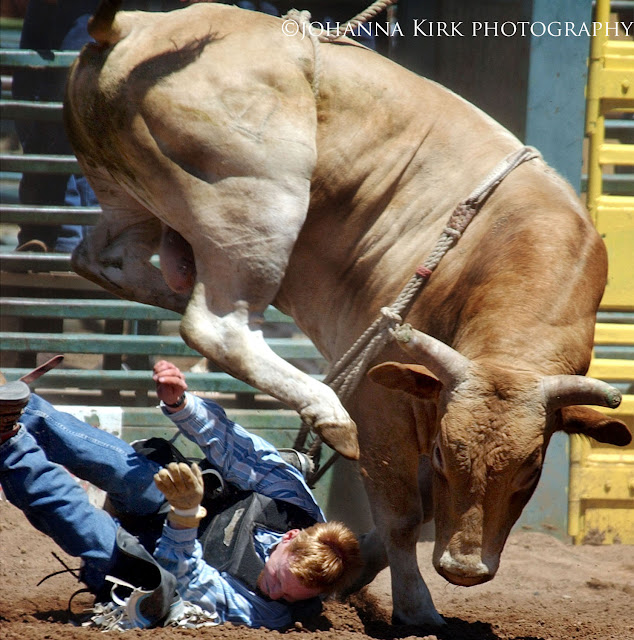People ask me all the time how to photograph sports. Granted, most will not be photographing Olympic skiing or NBA games, but still, it's important to understand how to freeze action and photograph things that move...and move quickly.
First step is to understand how your camera works.
Without getting too technical, basically your camera lets light in through it's aperture, and the f-stops on your camera determines how large or small the aperture (hole that lets in light) is.
The shutter speed is what determines how fast that shutter opens and closes, (to let in light) and thus is instrumental in photographing sports.
On your camera there will be settings for your shutter speed. 1/60, 1/125, 1/250, 1/500, 1/1000th and so on.
As a general rule, in order to freeze action you need to photograph at a minimum of 1/500. This means your aperture will open and close at 1/500th of a second. For most moving subjects this will be adequate. Granted, if you're photographing something like car racing, you will have to double or triple that speed to 1/1000, or 1/2000, etc
You will notice that when you set your camera at such high speeds, in order to let get enough light to correctly expose your photo, you will need to open your aperture (fstop) to f5.6, f4, or f2.8. This will mean that your depth of field (the area that is in focus) will narrow. So you have to be extra careful to keep your subjects in focus since only a very small area is in that range at a wide open aperture.
Once you get better at this, you'll realize that a narrow depth of field is the look you often want since only the subject will be in focus and everything else....blurry. Perfect for sports.
This is also why many who photograph sports buy very expensive lenses. Because the wider your aperture (f2.8 for example), you are able to photograph sports in darker situations. If you're looking for a minimum of 1/500th of a second, you'll notice that you need a lot of light or a very open aperture, and if your lens only opens to an f5.6, you'll run out of light and be forced to slow your shutterspeed not to underexpose your images and thus...things will begin to get blurry. Frustrating, I know! And one of the many reasons photographers LOVE lenses with f2.8 and pay dearly for them. On top of that, when photographing sports you'll also need longer glass. Something that gets you close to your subject since you most likely can't be closer than the sidelines of a game. A minimum of a 200 mm lens, but more often than not, a 300mm or 400 mm is the standard. For some sports, even bigger glass is required.










0 comments:
Post a Comment